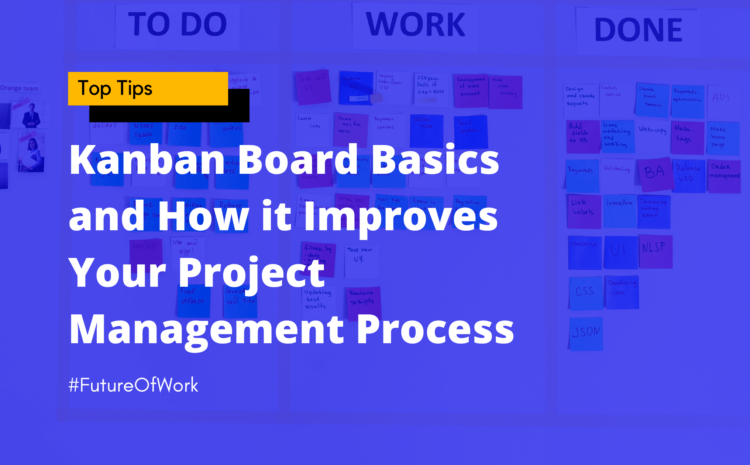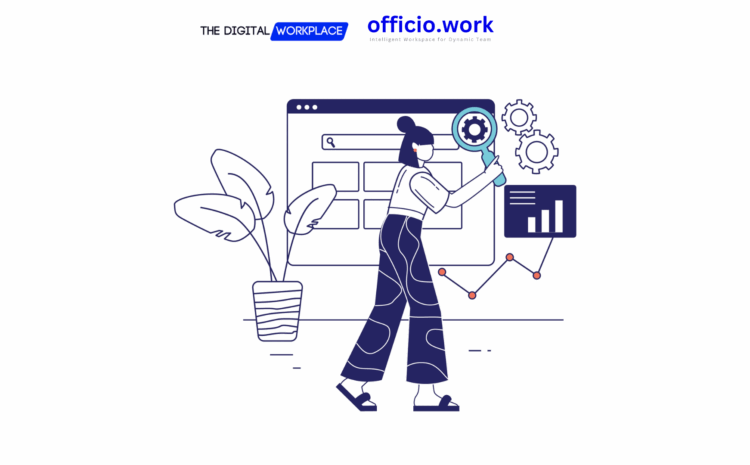
Kanban boards are a project management tool that has been gaining traction in recent years. It can be used to help manage and visualize workflows. They are incredibly useful for organizing tasks, tracking progress, and managing deadlines. One of the most useful features of the Kanban board is as a progress tracker and identifying bottlenecks. The Kanban board is available in Officio.work Project Management tools.
The Basics
A kanban board is made up of different columns and cards, where each card represents a task that needs to be done. The columns represent the different stages of a project’s lifecycle: planning, execution, and completion. By using this visual representation of work, teams can quickly identify which tasks need immediate attention and prioritize them accordingly.
Advantages
a. Visual & Intuitive
One of the main advantages of using a Kanban board is that it can help to make project management more visual and intuitive. By breaking down tasks into smaller, manageable chunks and organizing them into columns on the board, teams can see the progress of work at a glance and quickly identify where they need to focus their efforts. This can make it easier to understand the overall status of a project and to identify potential issues early on.
b. Prioritization
Another advantage of Kanban boards is that they can be used to help teams prioritize their work. By using the board to manage work-in-progress (WIP) limits and to prioritize tasks, teams can ensure that they are working on the most important tasks at any given time. This can help to keep the project on track and to ensure that important deadlines are met.
c. Communication
Kanban boards also help in communication, as it’s a visual tools that can be easily understood by all team members and stakeholders. Its usage will ensure that everyone is on the same page and that no important tasks are missed. It also allows for a flexible approach to project management, as tasks can be easily added, moved, or removed as needed.
Kanban Board vs Gantt Chart
Kanban boards are particularly great for agile project management, as they help teams adjust quickly to changing requirements and external factors. Compared to Gantt charts, kanban boards give more flexibility when it comes to planning out tasks, as well as better visualization of current status and future plans. Kanban boards can also be used in tandem with scrum methodology for even greater efficiency.
They also provide a more flexible approach than Gantt charts as teams can easily adjust their workflow without having to redo the entire plan from scratch. Furthermore, kanban boards have proven useful for scrum teams in helping them focus on delivering working software incrementally.
It’s important to note that like any other tool, Kanban boards aren’t suitable for every project. It’s best used for projects with a high amount of variability and short-term tasks. If the project involves a high degree of uncertainty, it might not be the best fit. Also, while Kanban boards can be a useful tool, they are only one aspect of project management and it’s important to have a well-defined project management plan and process in place in order to have a successful project.
By following the basics of kanban boards and optimizing your project management process with it, you can help your team stay organized and achieve better results.





